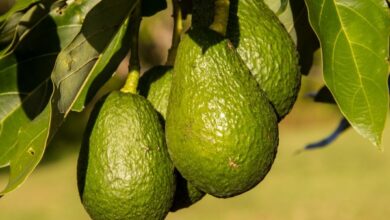Heart of Palm Plant: [Characteristics, Cultivation, Care and Disadvantages]

Important points when planting a Palmito plant:
- When? The planting of the heart of palm plant should be done during the spring, when the danger of frost has passed.
- Where? The palmetto plant can be grown in parks and public walk gardens. It is a very attractive plant to plant in pots and decorate patios and terraces with them.
- How do we water? The irrigation for the heart of palm plant must be abundant in the first stage of its development and then with less amount of water.
- How often do we water? Experts recommend watering up to 3 times a week, in the hottest regions.
- What care does it require? The palmetto plant grows in any type of soil, but fertile soils and universal substrates combined with a little sand do very well.
- What pests and diseases affect you? Among the pests that affect the heart of palm plant are: thered weevil and the Paysandisia archon.
What characteristics does the heart of palm plant have?
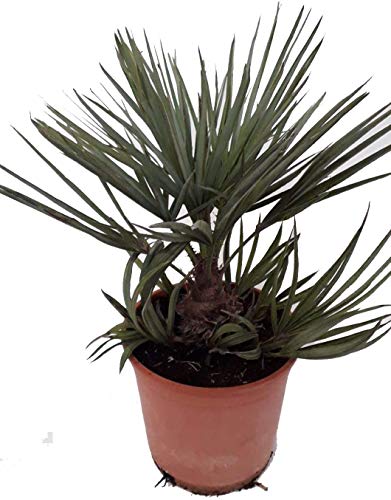 From the palm family, the palmetto plant (Chamaerops Humilis) is a species that does not exceed two meters in height and grows in all temperate regions.
From the palm family, the palmetto plant (Chamaerops Humilis) is a species that does not exceed two meters in height and grows in all temperate regions.
Its bearing is bushy and its trunk is cylindrical in shape covered with fibrous sheaths.
Heart of palm leaves are stiff, persistent, and well divided with long petioles with spines on the lateral edges and its blade is divided into 15 to 20 pointed segments.
The fruits of the heart of palm are ovoid in shape, fleshy and reddish yellow in color, but they are not edible. They are used as an astringent in folk medicine.
What is edible is the bud of the plants whose texture is tender. You can also eat the floral spathe or fig. It blooms during spring and its flowers form a spadix that grows between the leaves, they are short, highly branched and can carry up to two small flowers of an intense yellow colour.
Through the ages, farmers have been able to obtain different types of heart of palm, the fruit of the plant, cultivating species that can be easily recognized by the characteristics of their leaves and the dimensions and colors of their fruits.
The heart of palm plant is for ornamental use, but the heart is a highly valued product throughout the world for its characteristics and nutritional properties. Its leaves are used in the textile industry for basketry and also in the production of paper.
In Italy, Padua, there is the longest-lived palmetto plant known, planted around 1585 and known as «La palma di Goethe».
When to sow the heart of palm plant?
The planting of the heart of palm plant should be done during the spring, when the danger of frost has passed.
Where to plant the palmetto plant?
The palmetto plant can be grown in parks and public walk gardens. It is a very attractive plant to plant in pots and decorate patios and terraces with them.
How do we water the heart of palm plant?
The irrigation for the heart of palm plant must be abundant in the first stage of its development and then with less amount of water. When it is grown in the garden and after the first year, watering can be less frequent, since it is a plant that withstands drought well.
It is recommended to irrigate abundantly, but without flooding to avoid damage to the heart of palm plant.
How often do we water the heart of palm plant?
Experts recommend watering up to 3 times a week, in the hottest regions. Later, the irrigations can be carried out spaced with little water and without flooding.
Once the heart of palm plant is adult, watering should be less and less frequent.
How to plant a heart of palm plant step by step?
The palmetto plant reproduces by seeds, during the spring.
- Select the material or seeds for planting hearts of palm that are free of diseases.
- Select a pot with good size and drainage capacity.
- Fill with universal substrate combined with a little soil. The soil must be fertile and well drained.
- Water abundantly, but without flooding the heart of palm plant.
- Maintain a special irrigation system so that the heart of palm develops well.
- Locate the crop in a place in full sun or semi-shade, but that is bright.
What care does the heart of palm plant need?
The palmetto plant grows in any type of soil, but fertile soils and universal substrates combined with a little sand do very well.
It requires a location where it can receive direct sunlight. The heart of palm requires a suitable climate for this type of plant, with annual temperatures above 22º C.
The rainfall pattern for the cultivation of hearts of palm must be greater than 1,600 mm, distributed throughout the year. It is resistant to cold, but it does not support strong frosts, so it is recommended to protect the heart of palm plant with tarps or plastic bags during the winter.
It is recommended to pay with special products for palm plants, during spring and summer. The application of chemical or organic fertilizers will depend on the fertility levels of the soil and the production of the plants.
What pests and diseases affect the heart of palm plant?
Among the pests that affect the heart of palm plant are: the red weevil and the Paysandisia archon.
Red weevil
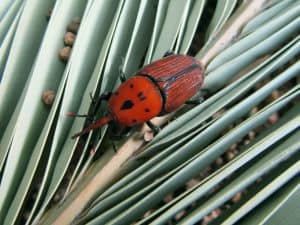 It is an insect similar to the beetle whose larvae use the fiber of the heart of palm to protect themselves while they develop.
It is an insect similar to the beetle whose larvae use the fiber of the heart of palm to protect themselves while they develop.
A heart of palm plant affected by the red palm weevil will stop growing, its flowers will come out in unestimated times and its leaves will turn yellowish and dry quickly.
The red weevil can cause the death of the heart of palm plant, when it becomes invasive. To combat the red palm weevil, the use of the insecticide Imidacloprid is suggested, followed by Chlorpyrifos, during spring and summer.
paysandisia archon
 In their caterpillar state, they can cause serious damage to palm hearts. The caterpillars of the paysandisia feed on the tender shoots of the heart of palm and dig galleries up to a meter long in its trunk.
In their caterpillar state, they can cause serious damage to palm hearts. The caterpillars of the paysandisia feed on the tender shoots of the heart of palm and dig galleries up to a meter long in its trunk.
Symptoms of the presence of the insect are: the arching of the eye of the heart of palm, the appearance of exit holes in the trunk and fan-shaped holes in the leaves.
To combat the paysandisia plague, it is recommended to irrigate the eye of the palm heart with a jet of water to drown the caterpillar. The heart of palm can suffer from leaf spot disease caused by the fungus Phytophthora.
This fungus causes black spots on the leaves with well-defined contours that can grow to cause necrosis in a large part of the leaf blade of the heart of palm. When the fungus attack is severe, the rot can affect the neck of the heart of palm, leading to the death of the plant.
Bibliographic references
- Mortality of hearts of palm (Chamaerops humilis) in Ses Cases Velles, Formentor TM de Pollença, (Mallorca) due to the attack of the Paysandisia archon …, LN Vázquez – Llibre verd de protecció d’espècies a les Balears, 2015 – ibdigital.uib. it is
- Evaluation of the survival of Eucalyptus globulus, Shinus molle and Chamaerops humilis forested in the Family Group: Nuevo Belén, San Juan de …, JL Reyna Carbajal – 2015 – repository.ucv.edu.pe
- Studies of efficiency and characterization of the arbuscular mycorrhizae of the palm trees Brahea armata s. Watson, chamaerops humilis l., phoenix canariensis…, B Dreyer – 2004 – dialnet.unirioja.es
- Evolution of the attack of the Paysandisia archon (Bursmeister, 1880) on palm hearts (Chamaerops humilis) of the Balearic Islands, L NÚÑEZ VÁZQUEZ – Congresoforestal.es
Maybe you are also interested in:
- How to Fertilize Indoor Palm Trees Step by Step – Sembrar100
- How to germinate Palm Tree Seeds: [Time, Steps and Planting]
- Indoor Palm Tree Care: [Soil, Humidity, Pruning and Problems]
- Palm Pests and Diseases: How to Identify and Treat Them
- Trachycarpus Fortunei: [Cultivation, Associations, Pests and Diseases]

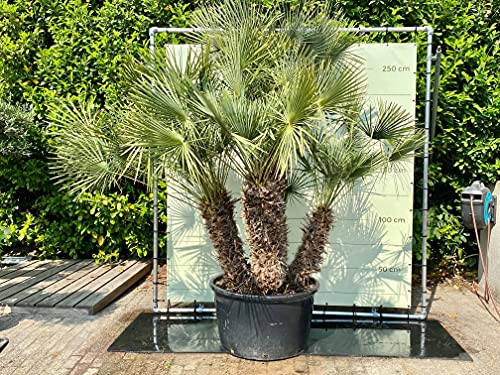
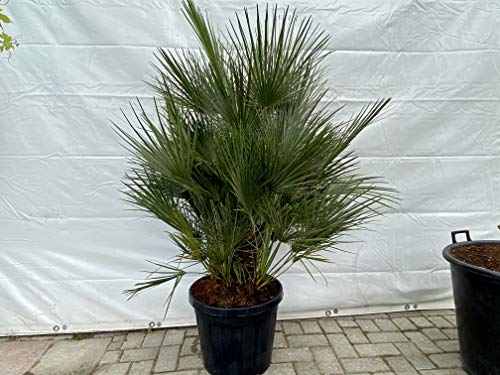
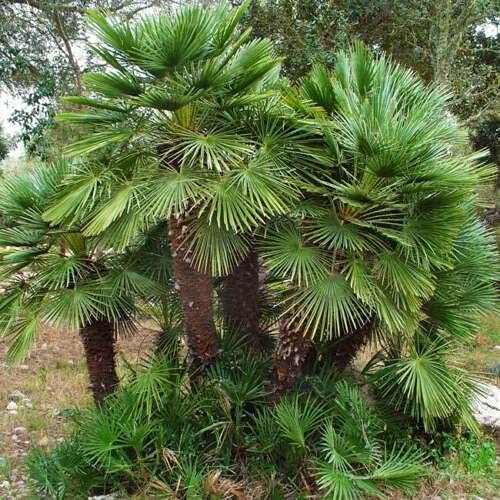
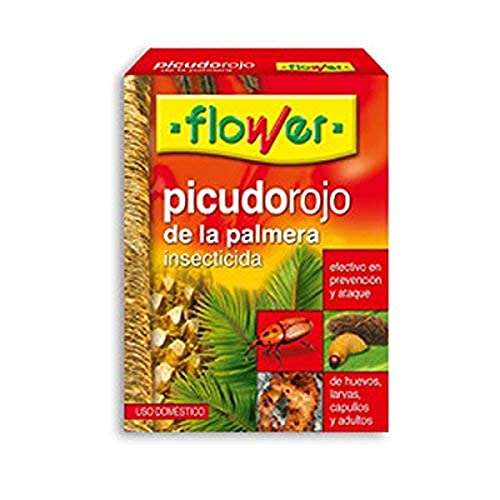
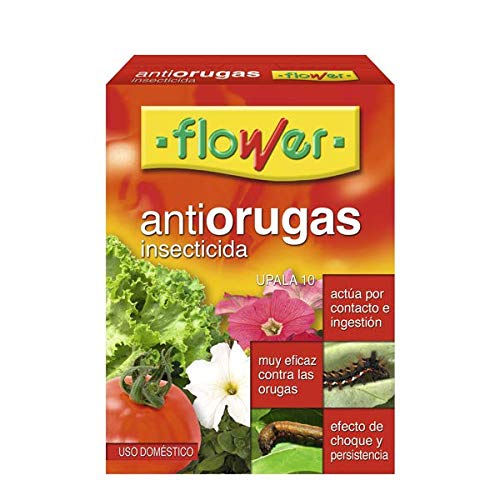

![Photo of Peach Tree Pruning: How and When to do it? [Complete Guide]](https://www.complete-gardening.com/wp-content/uploads/2022/08/peach-tree-pruning-how-and-when-to-do-it-complete-guide.gif)
